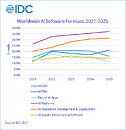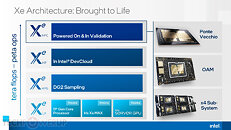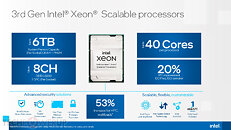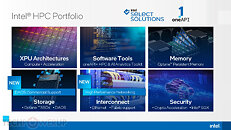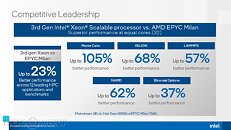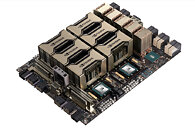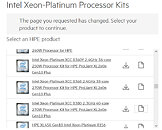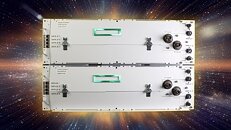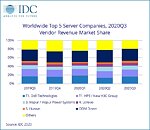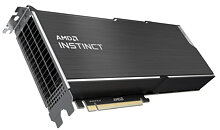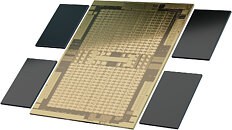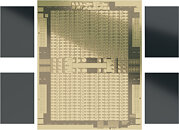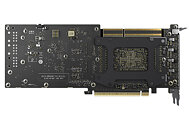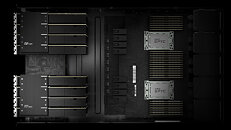HPE Build Supercomputer Factory in Czech Republic
Hewlett Packard Enterprise (NYSE: HPE) today announced its ongoing commitment in Europe by building its first factory in the region for next-generation high performance computing (HPC) and artificial intelligence (AI) systems to accelerate delivery to customers and strengthen the region's supplier ecosystem. The new site will manufacture HPE's industry-leading systems as custom-designed solutions to advance scientific research, mature AL/ML initiatives, and bolster innovation.
The dedicated HPC factory, which will become the fourth of HPE's global HPC sites, will be located in Kutná Hora, Czech Republic, next to HPE's existing European site for manufacturing its industry-standard servers and storage solutions. Operations will begin in summer 2022.
The dedicated HPC factory, which will become the fourth of HPE's global HPC sites, will be located in Kutná Hora, Czech Republic, next to HPE's existing European site for manufacturing its industry-standard servers and storage solutions. Operations will begin in summer 2022.









